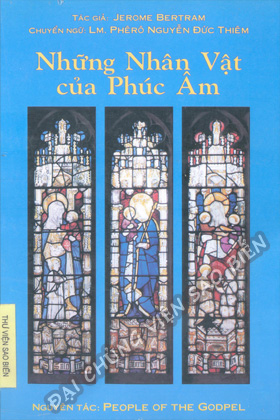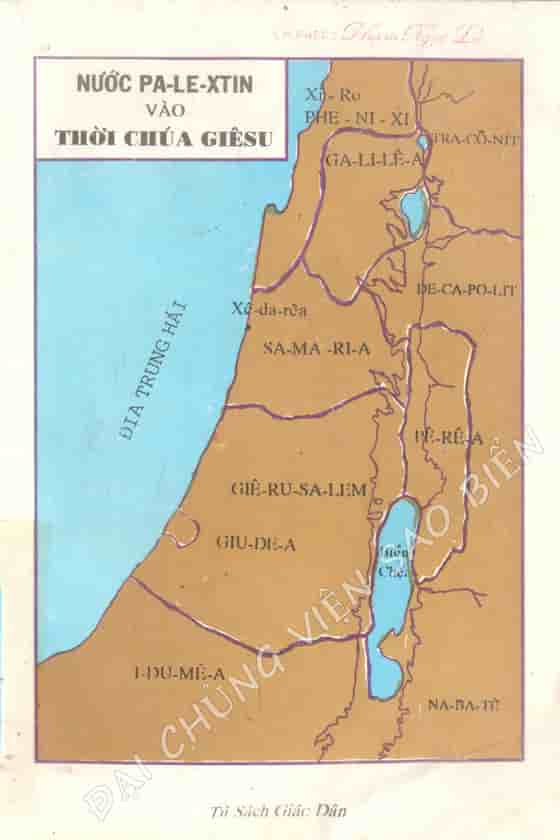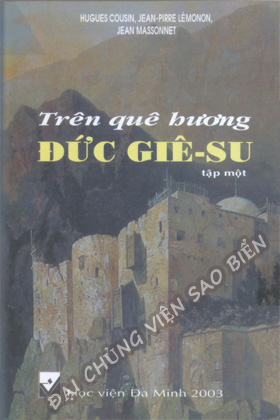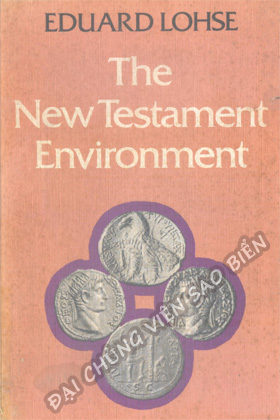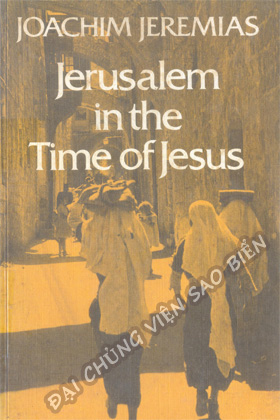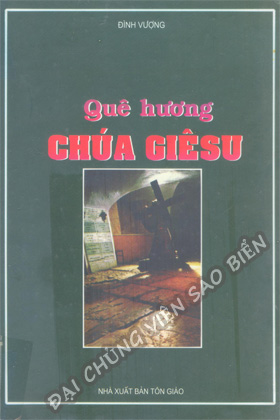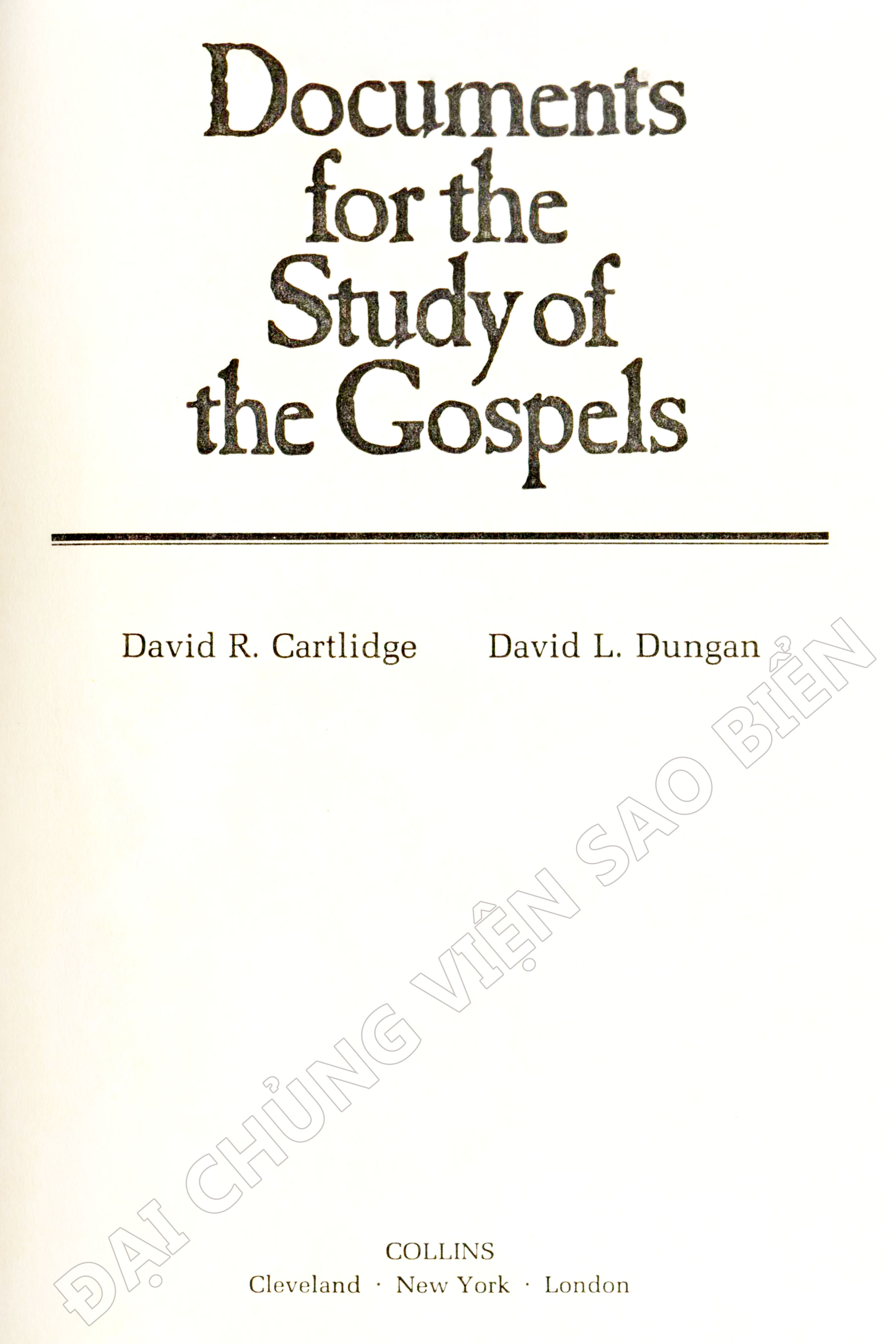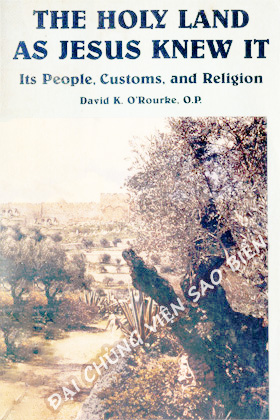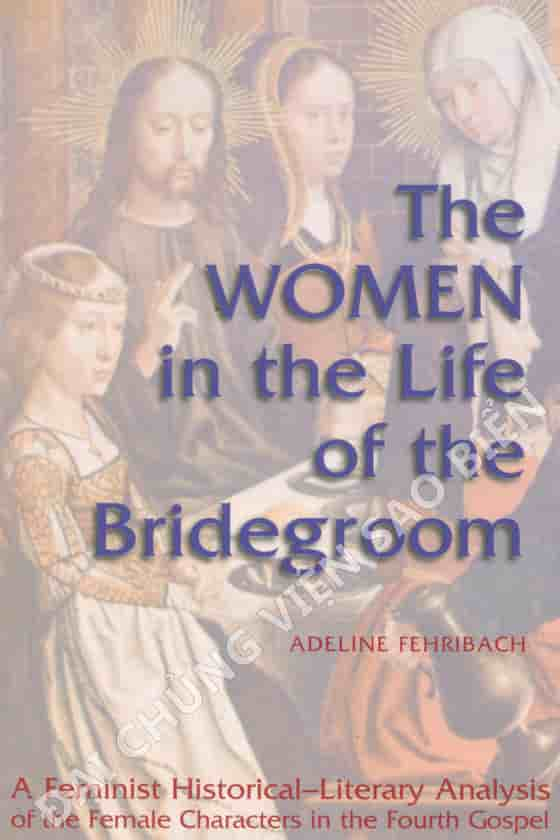
| The Women In The Life Of The Bridegroom | |
| Tác giả: | Adeline Fehribach |
| Ký hiệu tác giả: |
FE-A |
| DDC: | 225.9 - Tân Ước - Lịch sử, địa lý, con người có liên quan tới Tân Ước |
| Ngôn ngữ: | Anh |
| Số cuốn: | 1 |
Hiện trạng các bản sách
|
||||||||||||||||
| THE WOMEN IN THE LIFE OF THE BRIDEGROOM - Adeline Fehribach | |
| Contents | |
| Acknowledgements vii | |
| 1. Introduction | |
| Past Approaches to Women in the Fourth Gospel | 1 |
| A Feminist Historical-Literary Approach | 6 |
| The Repertoire of the Fourth Gospel | 9 |
| Character Analysis | 15 |
| Assumptions | 17 |
| Thesis | 20 |
| Procedure | 20 |
| 2. The Mother of Jesus at Cana | |
| Introduction | 23 |
| The “Mother of an Important Son” Character-Type from the Hebrew Bible | 25 |
| The Mother of Jesus as the “Mother of an Important Son” | 26 |
| The Mother of Jesus as Mother of the Messianic Bridegroom | 29 |
| Patriarchal and Androcentric Elements in the Portrayal of the Mother of Jesus at Cana |
32 |
| An Affirmation of the Female Mode of Relating | 40 |
| The Ambiguous Belief Status of the Mother of Jesus | 41 |
| Summary | 42 |
| 3. The Samaritan Woman | |
| Introduction | 45 |
| Textual Preparations for a Symbolic Betrothal/Mamage | 47 |
| Jesus’ Symbolic Betrothal to the Samaritan Woman | 49 |
| Jesus’ Symbolic Marriage to the Samaritan Woman | 52 |
| The Samaritan Woman as a Symbolic Representative of Her People | 58 |
| A Feminist Critique of the Characterization of the Samaritan Woman | 69 |
| Summary | 80 |
| 4. Mary and Martha of Bethany | |
| Introduction | 83 |
| Mary of Bethany—Betrothed/Bridc of the Messianic Bridegroom | 86 |
| The Function and Characterization of Mary of Bethany | 94 |
| The Function and Characterization of Martha of Bethany | 102 |
| Critique of the Patriarchy and Androcentrism | 107 |
| Summary | 111 |
| 5. The Mother of Jesus at the Cross | |
| Introduction | 115 |
| Jesus’ Death as a Blood Sacrifice that Establishes a Patrilineal Kinship Group | 116 |
| Jesus’ Passion and Death as the Messianic Wedding with Subsequent Conception/Birth of the Children of God |
121 |
| The Characterization of the Mother of Jesus at the Cross | 131 |
| A Patriarchal and Androcentric Point of View | 140 |
| Summary | 141 |
| 6. Mary Magdalene at the Tomb | |
| Introduction | 143 |
| Greek Love-Novels | 147 |
| Visitation to the Empty Tomb Scenes in An Ephesian Tale and Chaereas and Callirhoe |
147 |
| The Johannine Adaptation of the Visitation to the Empty Tomb Scene | 149 |
| Recognition Scenes in An Ephesian Tale and Chaereas and Callirhoe | 155 |
| The Johannine Adaptation of the Recognition Scene | 157 |
| Patriarchal Overtones in Mary Magdalene’s Characterization | 163 |
| An Affirmation of the Female Mode of Relating | 166 |
| Summary | 166 |
| 7. Summary and Conclusion | |
| Summary | 169 |
| Conclusion | 175 |
| Implications for Johannine Studies | 178 |
| Alternative Readings for the Twentieth or Twenty-First Century | 180 |
| Bibliography | 185 |
| Index of Biblical and Ancient Sources | 201 |
| Index of Authors | 210 |
| Index of Terms and Characters | 216 |




